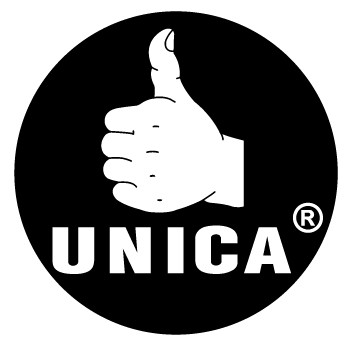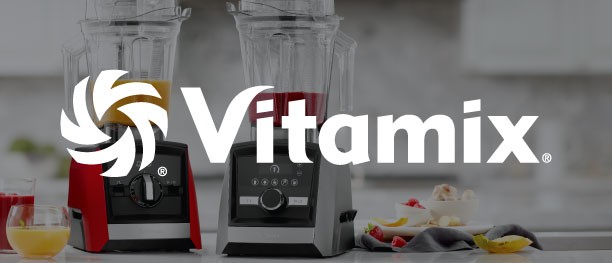Understanding The Difference Between Naati And Nzta Certifications
NAATI (National Accreditation Authority for Translators and Interpreters) and NZTA (New Zealand Transport Agency) certifications are two distinct types of certifications often encountered. While both certifications are crucial for the legal translation of documents, they serve different purposes and are recognized by different authorities in each country. In this guide, we will break down the key differences between NAATI and NZTA certifications to help you navigate these processes efficiently.
What is NAATI Certification?
NAATI Certification is an Australian certification, awarded to professional translators and interpreters who meet the required standards for accuracy, competency, and ethical conduct. This certification is essential for official translations in Australia, including for documents such as driver’s licences, birth certificates, marriage certificates, and more. NAATI is the recognized authority in Australia for certifying translators and interpreters.
Key Aspects of NAATI Certification
-
Issued by NAATI: A national body in Australia that is responsible for accrediting translators and interpreters.
-
Australian-Focused: NAATI-certified translators are primarily recognized in Australia for the translation of documents that
require legal acceptance.
- Legal for Official Use: NAATI certification is crucial for all government-related documents in Australia.
-
Levels of Certification: NAATI offers different certification levels based on the language pair and type of work a
translator is qualified to handle, including professional translator and interpreter levels.
When to Use NAATI Certification
If you're planning to drive in Australia, or if you're a resident or visitor who needs an official translation for any documents, you’ll need a NAATI-certified translation. This certification is widely accepted by the Australian government, including immigration authorities, courts, and law enforcement.
What is NZTA Certification?
NZTA Certification refers to the specific translation requirements set by the New Zealand Transport Agency (NZTA). While NZTA does not certify translators themselves, it requires that the translation of certain documents, particularly a driver’s licence, be completed by a certified translator. This is necessary for individuals wishing to drive in New Zealand using their foreign driver's licence.
Key Aspects of NZTA Certification
-
Issued by Certified Translators: Unlike NAATI, NZTA doesn’t directly provide certification. Instead, NZTA requires that
translations be carried out by a translator who is certified by a recognized translation body.
-
New Zealand-Focused: NZTA-certified translations are accepted only in New Zealand for the purposes of fulfilling legal
requirements for drivers' documents.
-
Specific for Driving: While NZTA certification is often associated with the translation of driver’s licences, it can apply
to other driving-related documents that must be presented to New Zealand authorities.
When to Use NZTA Certification
If you are a foreigner or a resident in New Zealand who wishes to use your overseas driver’s licence for driving in the country, you must have a NZTA-compliant translation. The translation must meet NZTA requirements, ensuring the translated document is clear, accurate, and legally recognized in New Zealand.
The Key Differences Between NAATI and NZTA Certifications
1. Country of Recognition
-
NAATI Certification is recognized primarily in Australia. It’s the standard certification for any official
translation needed within Australian legal frameworks.
-
NZTA Certification is recognized primarily in New Zealand. It’s a specific translation standard required
by New Zealand authorities, especially for driving-related documents.
2. Scope of Use
-
NAATI Certification is required for a variety of legal documents in Australia, including but not limited to immigration
documents, court papers, and professional certificates.
-
NZTA Certification is specifically needed for driver’s licences and other related documents that need to
be translated for New Zealand authorities.
3. Issuing Bodies
-
NAATI Certification is issued directly by NAATI, the accreditation body for translators and interpreters in Australia.
-
NZTA Certification is a standard established by the New Zealand Transport Agency, which sets requirements for translating
driver’s licences but does not certify translators themselves.
4. Translation Process
-
NAATI Certification involves a formal process where a translator must be accredited by NAATI after passing tests and
proving competence.
-
NZTA Certification doesn’t certify individual translators but rather establishes the standards for what a translation must
meet to be accepted by NZTA.
Which Certification Do You Need?
If you are planning to move or drive in New Zealand or Australia, it's crucial to understand which certification applies to your situation:
-
For New Zealand: If you're relocating to New Zealand or visiting temporarily and want to use your foreign driver’s licence
to drive legally, you will need an NZTA-compliant translation of your driver’s licence.
-
For Australia: If you're planning to drive in Australia or need to provide legal documents to the Australian government,
you will need a NAATI-certified translation of your documents.
Both NAATI and NZTA certifications serve essential roles in ensuring that translations are legally recognized and accurate. NAATI is focused on Australia’s translation standards for all legal documentation, while NZTA certification is specific to New Zealand’s transport and driving regulations. Understanding the requirements of each certification is crucial when you need to submit documents for legal or official purposes in either country.
Enter your content here



.jpg)









.jpg)





.jpeg)





.jpeg)



.jpeg)








.jpeg)



.jpeg)

.jpeg)

.jpeg)

.jpeg)




.jpeg)
.jpg)
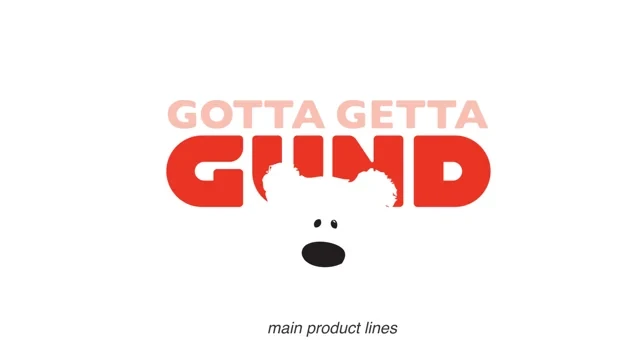
.jpeg)






.jpeg)
.jpeg)




.jpeg)



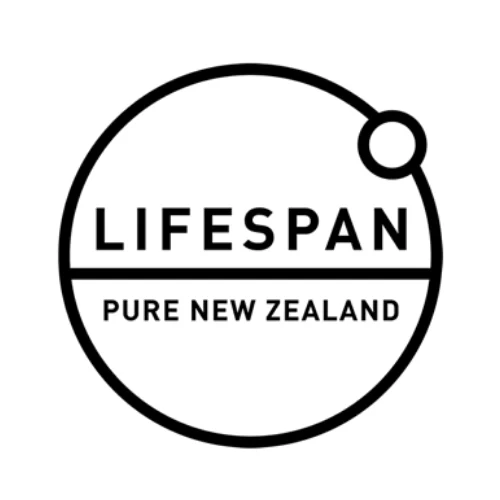

.jpeg)


.jpeg)

.jpeg)

.jpeg)

.jpeg)


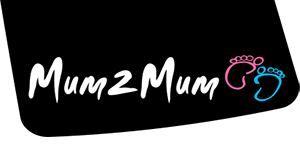




.jpeg)
.jpeg)
.jpeg)





.jpeg)



.jpeg)


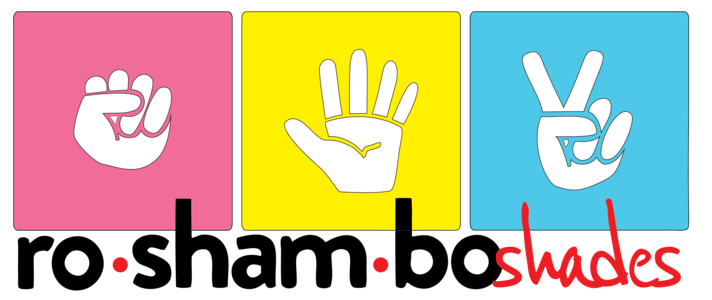



.jpg)
.jpeg)









.jpg)


ulva-Logo.jpg)




.jpeg)



.png)

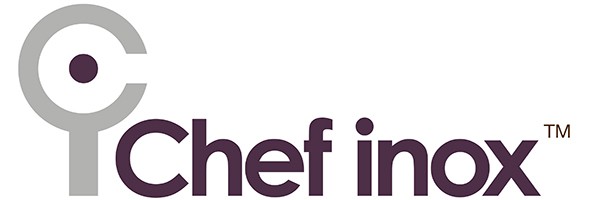

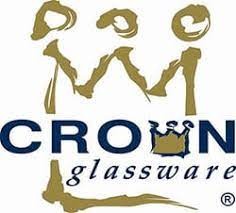
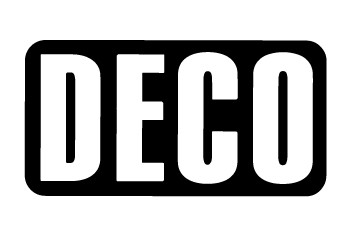








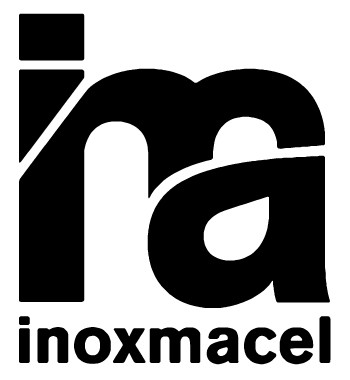

.png)



















